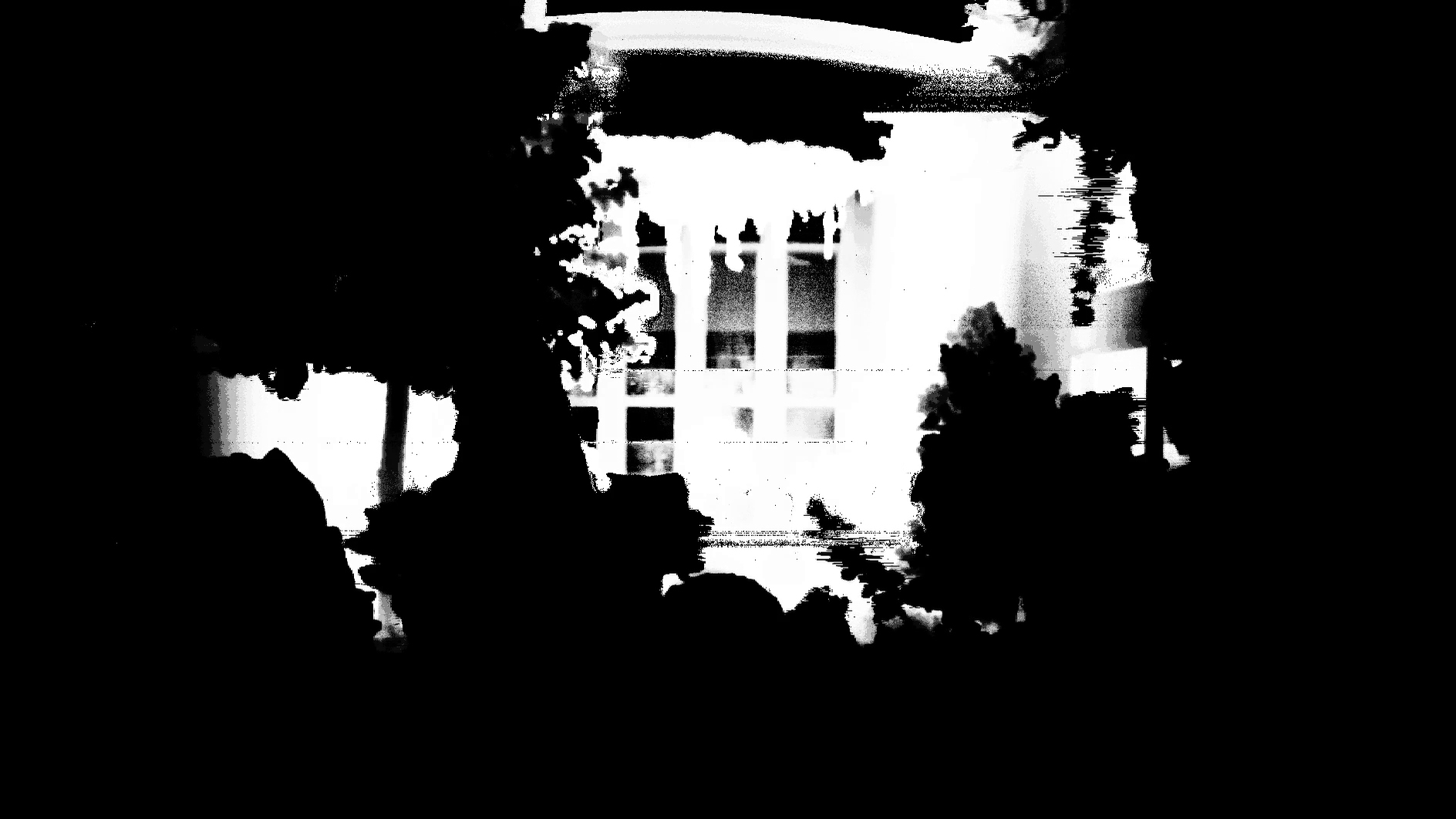
Lightkeeping - for cinema
Curious about creating a new image quality, Elias Heuninck made a digital camera. A very simple one. Instead of using a complex sensor to capture the whole image in a fraction of a second, it builds up the image pixel by pixel by making one simple measurement at a time. The camera starts at the top left corner and works its way to the bottom right one, just as you are reading this text. To get the information for each position, the camera shoots a short pulse of laser light towards its subject and waits for the light-echo to return. It is then able to find the distance between itself and the object that reflected the light. The collected measurements do not show anything recognisable yet. The data has to be translated first in order to be visible as a greyscale image.
With an exposure time of four days (and up to four weeks), it is not the most practical camera around, but it allows Elias to work directly with the building blocks of the picture itself. The resulting images are digital by nature, yet the visual resemblance with prints from the early days of photography is striking. Whereas the conventional camera is a darkroom that captures light, this camera is more like a lighthouse. Since every point in the image is a distance measurement, the image becomes a map.
The video is a slideshow of scenes and letters. The letters are selected from an archive of the correspondence of William Henry Fox Talbot, a pioneer in negative-positive photography. Early experiments with the Lightkeeping camera were done in and around the house, but gradually other places were chosen, some for their visual quality, others for their connection with light, time and the context of the archive.
There’s also Lightkeeping – as installation.
Concept & realisation Elias Heuninck
Voice over Emi Kodama
Technical assistance Culture Crew & Vincent Jacobs
Editing coach Fairuz Ghammam & Anouk De Clercq
Production Werktank & Auguste Orts
With the support of the Flemish authorities